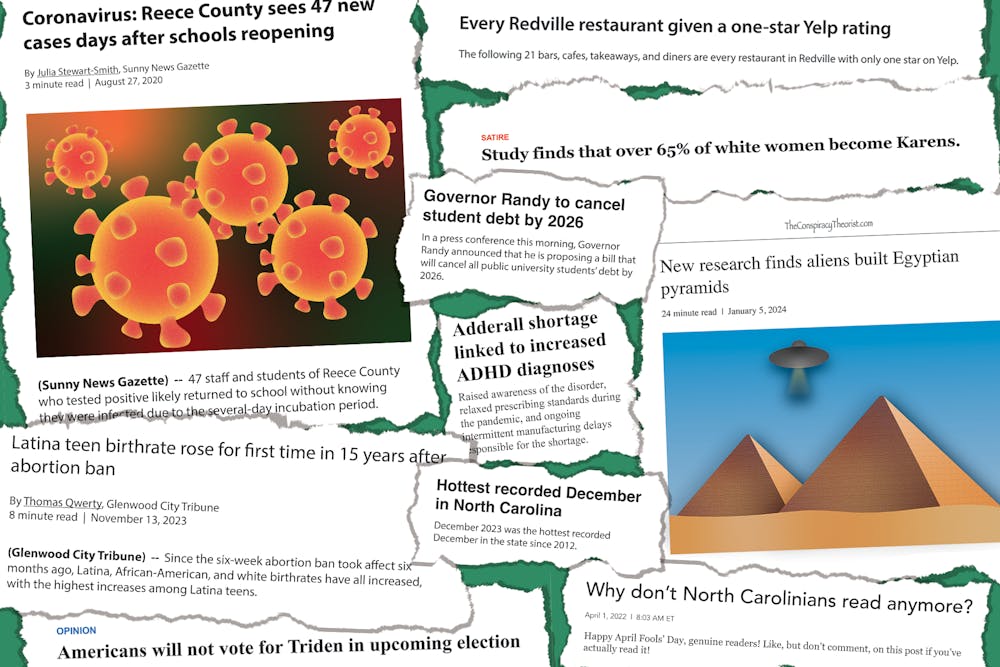Today’s media landscape is quickly evolving. With the rapid expansion of social media in the past two decades, media has drastically changed to be more digital, more fast paced, and far more complicated. As of 2022, a majority of Americans now use online sources, including social media, to access the news, according to Reuters Institute 2022 Digital News Report.
It stands to reason that the way we interact with media must evolve as well. We must be able to go beyond simply reading the words on a page, and critically analyze the full context, implications and messages of the media we consume.
In shorter terms, we must be media literate. The need for media literacy is all the more pressing nowadays and media consumers do not seem to be keeping up with these demands.
Anecdotally, we’ve all probably come across an outraged comment on social media where the commenter obviously hadn’t read the accompanying article. Maybe you’ve even seen someone you know spread false information online.
These experiences are not just anecdotal; they are well supported by recent studies into media literacy.
A study out of Columbia University found that 59 percent of URLs shared on X, formerly Twitter, are not actually clicked.
What makes this finding all the more alarming is that a study out of the University of Texas at Austin found that simply sharing information on social media makes people feel more knowledgeable about a topic, even if they haven’t read the article.
Fake news is becoming rapidly more common online, especially spurred by the rise in artificial intelligence. Since May 2023, NewsGuard, an organization that tracks media disinformation, has reported an increase in AI-generated news and information sites of over 1,000 percent, from 49 to 659 sites.
This lack of media literacy in our society explains why despite the abundance of available information and media, people are seemingly unable to engage in productive conversations about current events. Many people simply are not reading the articles they claim to understand or are basing their conclusions on false information. This leads to a very reactionary discourse style wherein people spit catchy taglines at each other but do not delve into the nuance of any issue.



